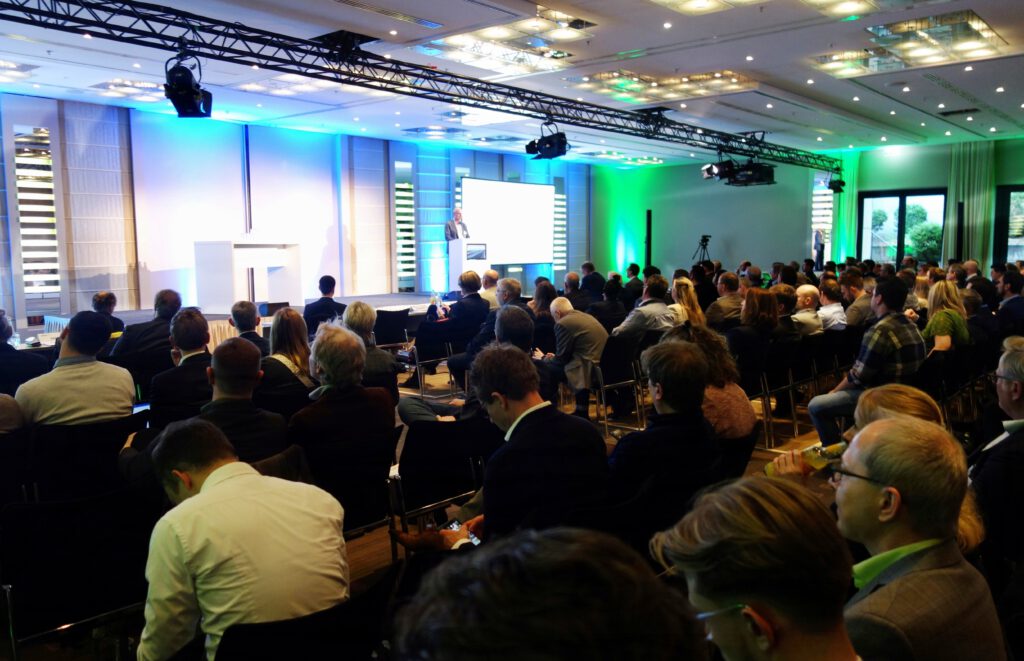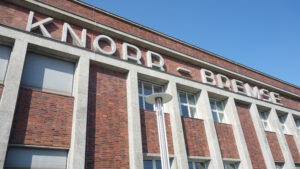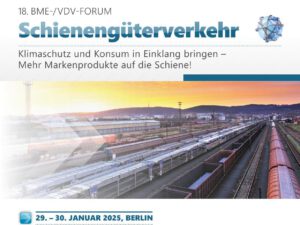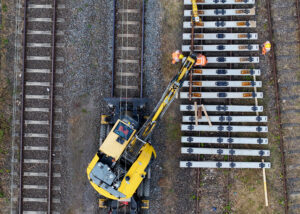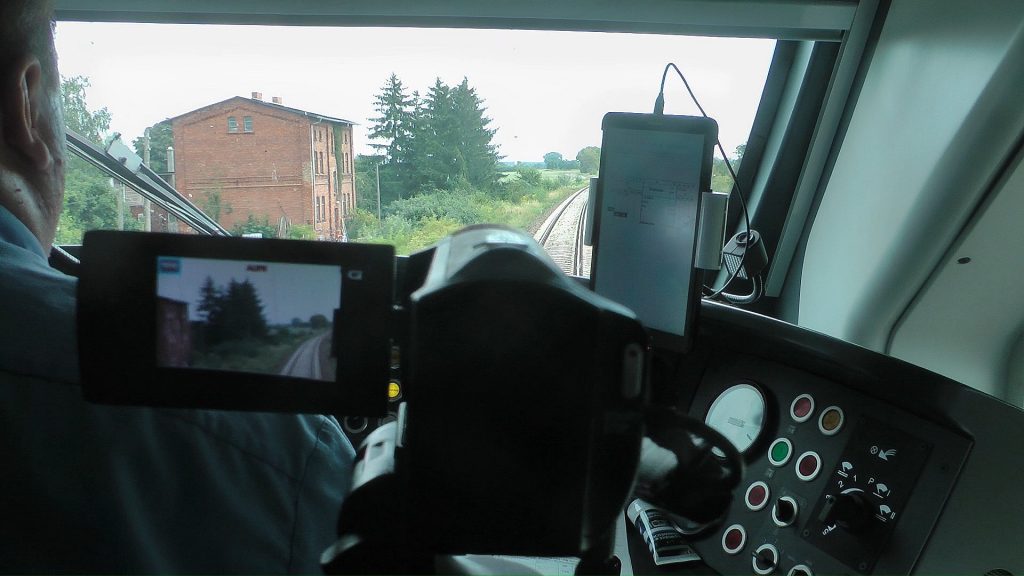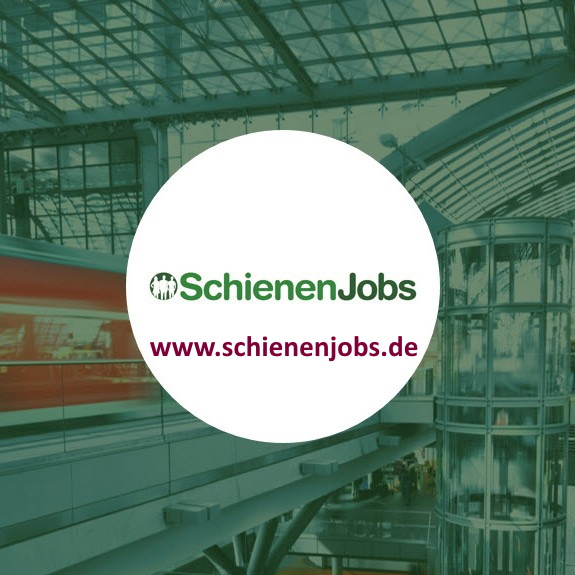The transport and logistics industry in Germany would like politicians to create a long-term investment fund based on the Swiss model in order to create planning security for the future of the rail infrastructure, reported Berends: “The motto is not that we need more money, but rather that we need reliability.” The event hall, which was well filled as in previous years, demonstrated how important this forum is for transporters and logisticians.
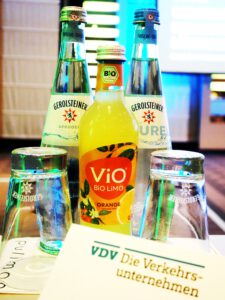 In front of the participants, Gerolsteiner mineral water bottles and Apollinaris-Coca Cola orange lemonade stood peacefully side by side on the tables. Understandable – because both manufacturers also rely on the rail to transport their goods, true to the motto of the congress: Bringing climate protection and consumption into harmony – More branded products on the rails! Was it difficult to find suitable companies to give presentations on this topic?
In front of the participants, Gerolsteiner mineral water bottles and Apollinaris-Coca Cola orange lemonade stood peacefully side by side on the tables. Understandable – because both manufacturers also rely on the rail to transport their goods, true to the motto of the congress: Bringing climate protection and consumption into harmony – More branded products on the rails! Was it difficult to find suitable companies to give presentations on this topic?
VDV Vice President Berends firmly denied this. “We have many companies in Germany, and these are not just the brand manufacturers that people know, but also a lot of suppliers who deal with rail. You know, we are seeing an increase in fees, we are seeing a change in certificate trading. So you have to think about how I can organize my transport in a climate-neutral way in the future? We heard this very, very positively from the speakers here today, whether it was BSH-Hausgeräte or Gerolsteiner or Warsteiner, all of whom either already use rail transport or are at least thinking about it in their companies. One fundamental issue is: we need enough capacity on the rail network for freight transport.” The complete interview with Joachim Berends will appear in the next issue of our magazines CARGO FREIGHT JOURNAL and rail & mobility.
Jörg Ohlhaver from the Südzucker Group gave a good example of the ups and downs in German rail freight transport. Deutsche Bahn’s MORA C concept was a “polite euphemism for a clear-cut in rail freight transport”. Between 2002 and 2004, a third of all private customers’ rail connections were closed, making single-wagon transport more difficult. The surprising complete withdrawal of the Tagnoos freight wagons that had previously been provided by DB Cargo was an “incredible loss of confidence”. Ohlhaver: “Other wagons suitable for our transport were hardly available on the market. We had to look for alternatives.”
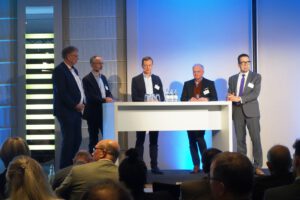
The state-owned DB company was clearly not interested in the customer. But the customer was not put off. For the constantly growing export of sugar to Italy, rail transport was simply the most sensible means of transport. Südzucker now sends up to 120 wagons to Italy every week. The company also had special freight wagons built at Tatravagonka for the transport of loose sugar. So the customer leant how to use the rail transport independantly. The company obtains traction services from specialised rail logistics companies, Ohlhaver reported to CARGO FREIGHT JOURNAL.
And the series of exciting presentations continues. Today, participants in the rail freight forum will hear presentations on intelligent personnel and transport management, shunting assistance systems and transport risks caused by extreme weather, among other things.
Hermann Schmidtendorf, editor-in-chief


